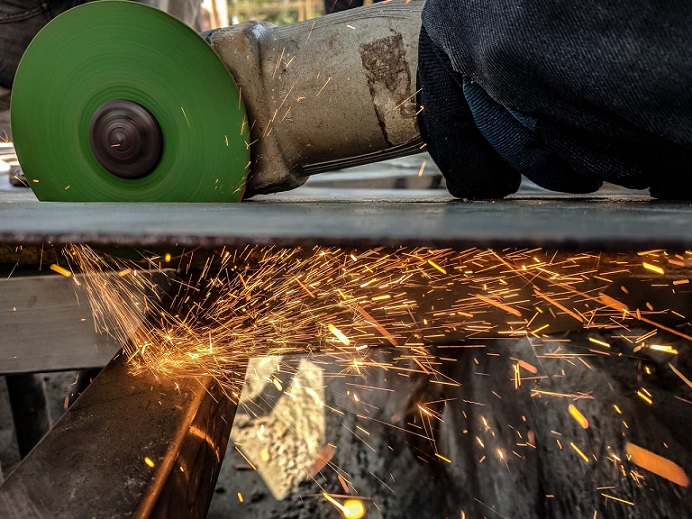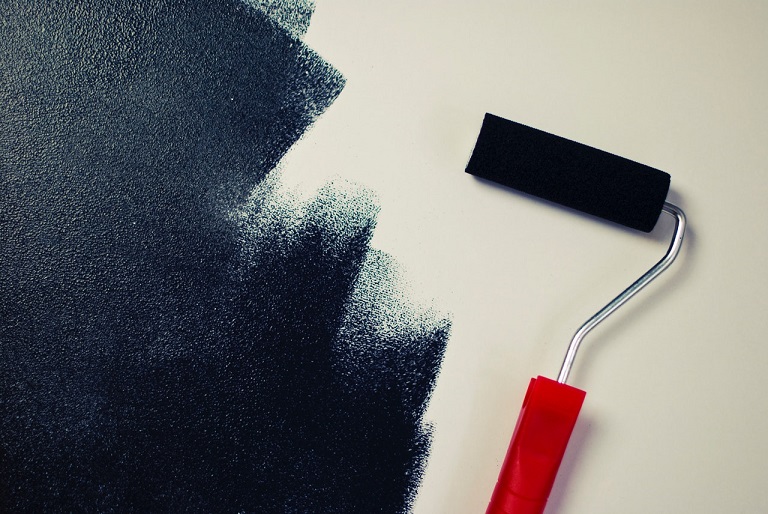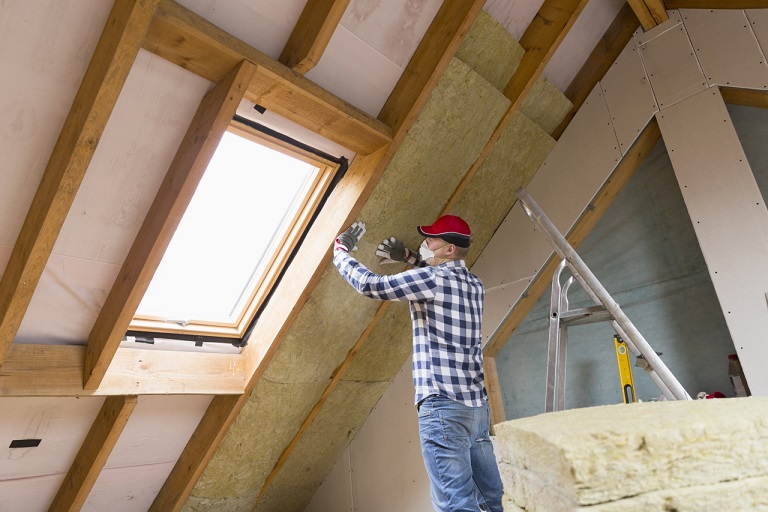Top 5 Sustainable Materials for Your Next Eco-Friendly Home Renovation
When it comes to building materials and furnishes, eco-friendly typically means recycled or naturally-sourced materials that don’t deplete the earth’s resources. It also includes materials that don’t require a lot of energy to harvest, mine, process, manufacture, and deliver. Finally, eco-friendly often means reduced content of chemical pollutants such as volatile organic compounds (VOCs) or reduced susceptibility to allergens such as mould and dust mites.

Here are the top choices.
- Reclaimed wood
Reclaimed wood is another name for recycled wood which is sourced from:
- Floorboards
- Hardwoods
- Sheets
- Doors and window frames
- Furniture from old buildings
Like all “antique” materials, reclaimed wood is in high demand, with some dishonest vendors even trying to pass off new timber as reclaimed wood. When sourcing reclaimed wood, make sure to note where exactly your wood is coming from.
Reclaimed wood can be used wherever you’d use regular wood, but table furniture and shelving units carved from this material are especially decorative. Even if you’re purchasing new timber, make sure it’s sourced from certified forests. These forests have third-party certification from programs like Forest Stewardship Council (FSC) or the Programme for the Endorsement of Forest Certification (PEFC).

Recycled steel
Even though steel has one of the higher embodied energy levels (energy used in its manufacture) in the construction industry, 20.1 MJ/kg compared to concrete’s 1.11, 85% of steel is also reused or recycled. According to the Steel Recycling Institute, an average 2,000 square-foot home requires the amount of wood from 40-50 trees. On the other hand, if you’re going to use recycled steel frame, you need the amount of material that equals just 6 scraped cars.
Instead of wooden beams, you can use recycled steel frame with tailored steel beams and panels. When compared to wood, steel frames are more durable, more resistant to strong winds and seismic tremors, and impervious to mould and termites.
Since steel is more heat-conductive than wood, make sure you include proper insulation. On the other hand, steel allows for more living space, which has its own cooling benefits.
Low-VOC paints and wall finishes
Paint is the best and the cheapest cosmetic improvement you can make, and homeowners opt for a new paint job whether they need a quick fix to a property for sale or to update their own tired-looking homes. Even if the environmental impact of paint seems insignificant when compared to recycled wood or steel, keep in mind that only in Australia, 3.7 million homeowners, which is 27% for the population paint either internal or external walls, window sills, or ceilings every year. Then is shouldn’t surprise why these painters in Brisbane have taken the initiative to use low-VOC paints whenever possible.

Having your home painted with low-VOC paints includes benefits like:
- Minimal or no smell
- Reduced air pollution
- Paint fumes that don’t irritate the eyes, nose, or throat
Now consumers can identify the actual VOC content by their label or the technical data sheet. According to The Green Product Directory, low –VOC paints and primers contain less than 50g/l of VOCs, while paints and primers with 5g/l of VOCs or less are considered to be no-VOC.
Insulation
If your home renovation includes increasing its energy efficiency, as well, you need to add or replace existing insulation. However, not all insulating materials are made equal. Apart from being non-sustainable, some previously used options like asbestos or fibreglass wool were also related to numerous health issues.

Some of the healthiest home insulation options include:
- Sheep’s Wool
- Expanded Cork Insulation
- Thermo-Hemp
- AirKrete
- Owens Corning EcoTouch
- Hemp Insulation
- Coconut fibre
When adding insulation to your attic yourself, remember to leave vent baffles unblocked to allow for proper air flow. Without the proper airflow through your attic, you risk increased amounts of trapped moisture and mold growth.
Sustainable bricks
Despite their timeless, classic design and use that stretches across the millennia, it’s hard to believe that bricks are not so sustainable. Apart from using up natural clay resources to create the blocks, each brick must be fired in a kiln to gain strength and durability. In addition to huge amounts of energy, this process releases airborne pollutants and has become a concern for both environmentalists and industry experts. Nowadays, however, eco-conscious homeowners have a choice of sustainable options that mimic the look of feel of traditional bricks:
- FlyAsh bricks – instead of kiln firing, they are dried using a compression technique in room temperature conditions.
- Green Leaf Bricks – building blocks made up of 100% recycled resources found in landfills and leftover factory debris.
By using materials like the ones described here, you’ll be able to improve the appearance and functionality of your home with a significantly reduced impact on the environment.

Pingback: Do You Have Multiple Chemical Sensitivities (MCS)?
I love this post. So different and yet so helpful to anyone renovating a house! I’m not, my house is built, but these sustainable materials would come in perfect for adding a little flare to our home’s shell.
That makes me feel good that I was able to provide information that will help you in finding sustainable materials to update or add some flare to your own house. .
Have a healthy, happy & blessed day.
This is super helpful! I’m going to send this to my mother who’s renovating her home and will love these sustainable options
Hi,
So glad you found this helpful and I hope your Mother renovations so well and she finds this article and tips useful. Thanks for stopping by and commenting. Have a healthy, happy & blessed weekend.